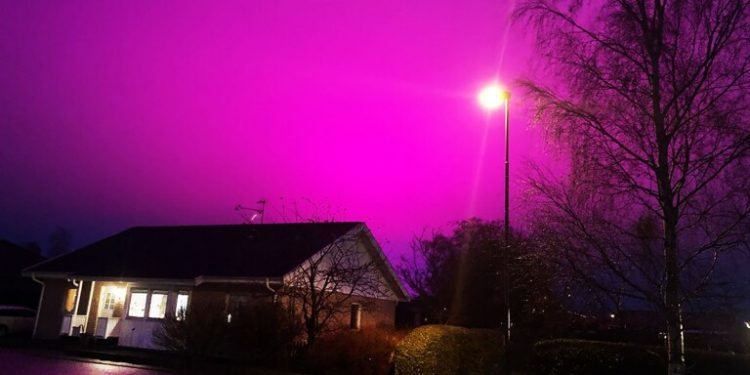The Malawi government is preparing to engage a consultancy to study how the Southern African country can maximize the use of thermal coal for electricity generation.
Malawi’s Minister of Natural Resources, Energy and the Environment, Grain Malunga, says Malawi, which hosts over 22- billion tons of coal in the northern and southern regions, would like to establish a coal-fired plant to generate up to 300 MW of electricity.
“Before we set up the power plant, we want to engage consultants to further assess both the quality and quantity of our coal and see if we have [enough resources of the right quality] to sustain such a project.
“We will shortly be inviting expressions of interest from consultants interested in undertaking the study,” says Malunga.
Previous studies indicated that Malawi’s coal is suitable for thermal power production.
Malunga says that the government of Malawi has allocated funds for the planned study in its 2010/11 national Budget, covering the 12 months from June this year.
As a Ministry, we regard this initiative as a priority. We want to take a leaf from [the book of] other countries, such as the US and South Africa. The US generates up to 60% of its electricity from coal, South Africa generates nearly the same proportion from coal, and our neighbour, Mozambique, is working on generating over 3000 MW of electricity from coal,” he says.
Malawi, where only about 7% of its people have access to electricity, is struggling to meet the current power demand of 344 MW – available capacity of power utility Electricity Supply Corporation of Malawi (Escom) is only 282,5 MW. As a result, electricity blackouts are a regular occurrence.
The country is mulling alternative sources of power besides coal, including biomass.
The Malawi Energy Regulatory Authority is currently studying the feasibility of sourcing biomass from multinational sugar group Illovo’s factories at Dwangwa, in the central region, and Nchalo, in the southern region. The authority believes that biomass from the two sugar plants can produce up to 100 MW of electricity.
Malawi, which generates over 95% of its electricity from power stations on the Shire river, is also exploring the possibility of building hydroelectric plants on the country’s other major rivers, and has been running advertisements inviting consulting firms to undertake studies into that option.
Malawi currently produces only 70 000 t of coal a year, and this quantity is enough to cater for only 50% of the needs of the brewery, sugar, textile, ethanol, cement, tea and tobacco industries.

No comments! Be the first commenter?